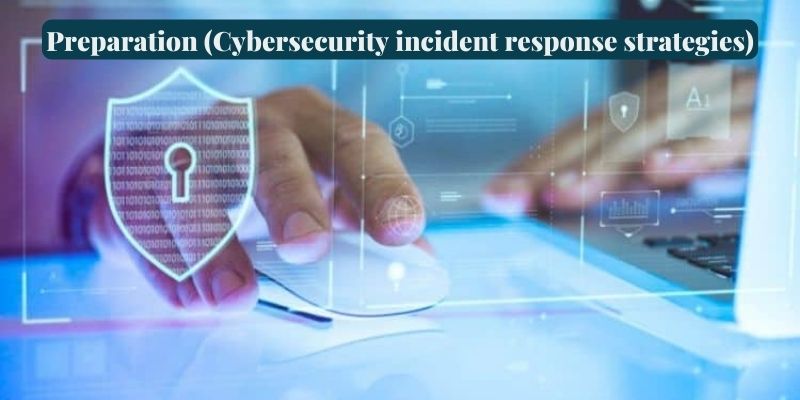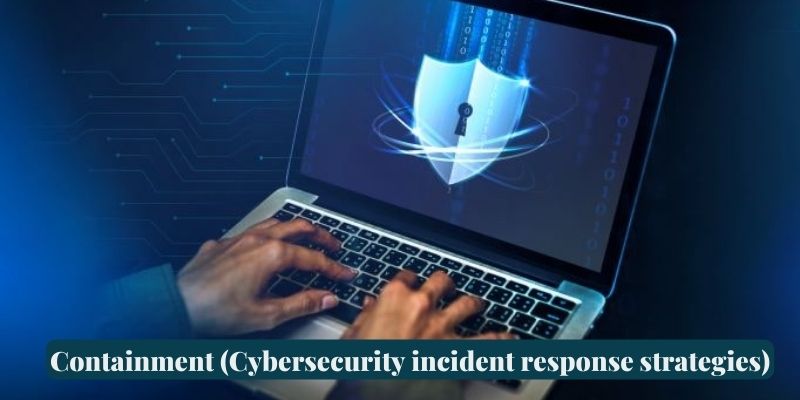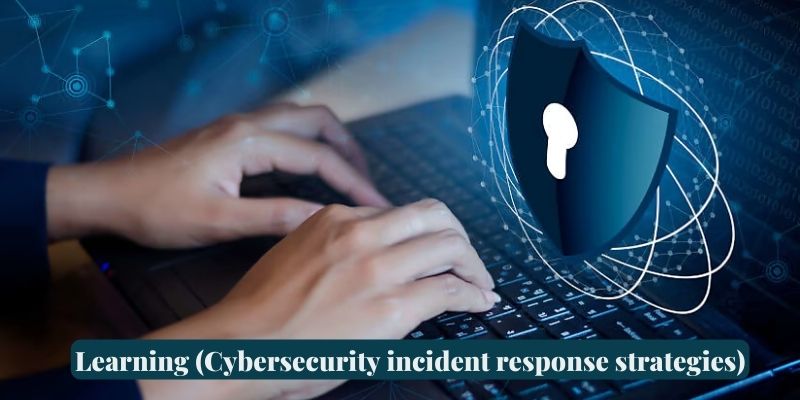What is cybersecurity incident response strategies? You will undoubtedly experience a cybersecurity danger at some point, whether it be a direct assault or a compromise involving a third-party source. In the last year, 61% of SMBs have encountered a cybersecurity issue, and the figures are rising. Therefore, you must be ready to lessen the impacts when (not if) that day arrives. So what should you do if a cybersecurity problem occurs?
In this article, tapchiai.net will explore 7 steps cybersecurity incident response strategies.
What Is Incident Response?
A prepared strategy for anticipating, identifying, containing, and recovering from a cybersecurity breach is known as incident response.
Incidents involving cyber security may be harmful to a business. Serious incidents frequently result in data loss as well as the breakdown of operations, services, and functions. Who knows how many millions of individuals might be impacted if Google were to experience a cybersecurity incident?
Without using the most popular search engine in the world, it would be difficult to understand “How to send large files online”. Businesses should have an incident response plan in place to mitigate the disastrous effects of a cybersecurity compromise.
What Is An Incident Response Plan
The National Institute of Standards and Technology (NIST) defines an incident response plan as a document that makes use of a set of information security policies and standards to identify and prioritize risks, reduce threats, and resume service following a cybersecurity compromise. The preset set of instructions seeks to reduce the effects harmful cyberattacks may have on the information system of a business.
The length and severity of a breach are impacted by the time it takes to notice and respond in the majority of cybersecurity events. Therefore, it’s crucial to take these 7 steps as soon as possible in order to reduce the impact on your firm.
7 Steps Cybersecurity Incident Response Strategies
1. Preparation (Cybersecurity incident response strategies)
To effectively address a cybersecurity issue in the moment is practically difficult. To offer your company a chance against an assault, a detailed incident response strategy must be created in preparation.
Your company must conduct a risk assessment that identifies and resolves all potential dangers both inside and outside of your firm in order to achieve this. After an assessment, regular maintenance should be performed to stave off attacks.

For instance, if a recent update left your information system vulnerable, ensure sure it is fixed right away and kept up with over time. If not, cyberattackers will leverage that crucial flaw to access your system, as we have already seen happen frequently this year.
2. Identification (Cybersecurity incident response strategies)
While each stage of an incident response plan is critical, identification comes first. Companies that are able to recognize possible threats and gauge their seriousness may prioritize how they are managed and are more likely to suffer only minor effects than those that are unable to do so.
Penetration testing, a simulated attack on your own system to assess its security and comprehend the possibility of an event and its potential impact, is a step in the identification process. Your firm is better equipped to contain the issue if you can detect current and future cybersecurity threats.
3. Containment (Cybersecurity incident response strategies)
Not to worry! There is a better method to contain a breach than the instinctive reaction of erasing everything and shutting down systems. You run the risk of losing crucial knowledge about where the breach happened, how it happened, or the ability to create a plan based on the evidence if a system is taken offline and/or data is removed.

Alternately, you can:
- Disconnect infected systems from the internet to prevent data leaking
- Change access control credentials to strengthen security
- Quarantine identified malware for evidence and future analysis
- Disable remote access capability and wireless access points
- Create a backup of your data
After the threat is contained, it will be a lot easier to eradicate it entirely.
4. Eradication (Cybersecurity incident response strategies)
Now that the threat has been curbed, it’s time to end it. The goal of the eradication phase is to eliminate the issue and repair damaged systems. This entails doing a complete reimaging of the hard drive of the system to guarantee that all malicious content has been completely erased and is no longer accessible for reinfection.
5. Recovery (Cybersecurity incident response strategies)
Responding to an issue feels like a continual triathlon of effort. Finally, it’s time to rejuvenate. The major objective now that the threat has been eliminated and contained is to restart systems and carry on with business as usual.
Full service should be restored during this phase, and previously infected networks and/or systems need to be checked, watched over, and validated to make sure the same assets aren’t reinfected. Additionally, the breach’s current state should be communicated to all affected users, both inside and outside of your organization. Resetting passwords and/or deactivating accounts should be done in circumstances when account credentials have been stolen.
6. Learning (Cybersecurity incident response strategies)
How can you best identify your superiors to an attacker? Learn. Write a report describing the occurrence in full and addressing the 5 Ws (i.e., who, what, where, when, and why). The goal of documentation is to detect flaws and prevent recurrence by learning from the incidents that have already happened.

This data can be utilized to develop a cybersecurity training program for staff members and serve as a resource in the event of another incident.
For better recording, it is strongly advised that the learning phase take place within two weeks of the incident. The earlier you understand the content, the greater your memory will be—just like when you’re studying for a test.
7. Re-testing (Cybersecurity incident response strategies)
The six basic phases are now over, thus it’s time for the last phase. Retesting should always be a part of an incident response plan. Retesting gives you the chance to adjust your strategy so that it fully addresses the organization’s security needs. Your conclusions can be used to enhance the approach, modify your objectives and practices, and identify any gaps that might have gone undiscovered.







